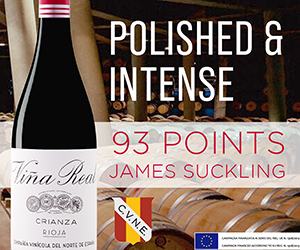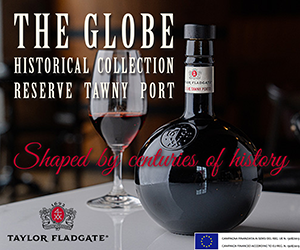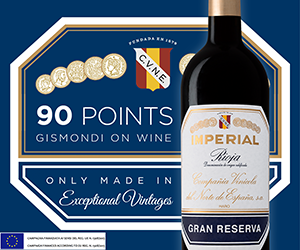STELLENBOSCH, South Africa - If wines were judged according to the natural beauty of their originating vineyards, there's little doubt in my mind that South Africa's would rank among the best in the world.
Fortunately for the producers of the Western Cape, the spectacular landscape that is home to their vineyards is more than just another pretty picture.
Given what we know today about grape growing, the Cape's extraordinary combination of mountains and proximity to the Indian and Atlantic oceans coupled with growers' new determination to plant the right grape in the right place is moving this country into a fourth century of winemaking, with the best yet to come.
Although I only have six days in South Africa, I will criss-cross the Cape on the ground and in the air, witness the annual Nederburg wine auction, and partake in Cape 2002, where 130 producers pour their latest wines. As is the case in so many New World regions, much has changed since my last visit only two years ago.
In 2000, we debated the merits of pinotage, a variety that first appeared in South Africa in 1926 when a Stellenbosch academic named A.I. Perold crossed the pinot noir grape with cinsault.
The debate continues as the wine industry here searches to identify one grape on which South Africa can hang its marketing hat. I wasn't convinced about pinotage then, and I'm even less convinced today, if only because too many examples simply don't deliver the flavour and style most consumers look for from any wine in this new century.
The merits of pinotage aside, during this trip my attention has been focused on a pair of South Africa grapes that in my opinion have a much better chance of competing in the North American market.
Sauvignon blanc has clearly emerged as a legitimate Cape white. Replanted, revamped and retooled, this Kiwi look-a-like (at half the Kiwi price) can be stunning. A region-wide search for cooler sites to produce both red and white wines has benefited sauvignon blanc, which does well with warm days and cool nights.
There's a small selection of South African sauvignons in B.C. liquor stores, and I recommend you try them, if only to nudge government buyers to start looking deeper into this area. Labels worth checking out (with price and stock number) include: Bellingham 2001 ($12.95; #596692), Durbanville Hills 2000 ($14.50; 590562) and Groote Poste 1999 ($19.95; #590943).
Some seem to be too cheap to be believed, but don't miss experimenting with these sauvignons: KWV ($6.95; #304378), Robertson ($8.95; #444968) and Two Oceans ($9.95; #340380).
Around the world, consumers' first choice remains red wines, and that's forcing white-wine-dominated South Africa to move toward more balanced production. As of 2002, red production has jumped to nearly 40 per cent of total Cape output, dislocating the likes of chenin blanc (or "steen" as it's referred to here) and colombard.
Cabernet sauvignon and shiraz are taking the lead in new red plantings, although for my money, shiraz is making the biggest statement in the glass.
Shiraz's growth has been dramatic, leading all other plantings in 1999 and 2000 and totalling 30 per cent of all red grapes that went into the ground. Even so, at 5.3 per cent of total plantings, shiraz will need to continue its impressive growth if it's going to have any international impact.
What South African shiraz has is flavour, plus mouth-filling fruit that's riper than that of most other reds. Often it offers more weight and power than the bigger cabernets, and far less of the harsh tannins and/or high-acid finish that plague so many Cape reds.
There are precious few Cape shirazes in B.C. stores, but for the moment the curious can try these: Bellingham ($15.95; #596684), Durbanville Hills ($18.95; #590901), KWV Cathedral Cellar ($18.95; #561142), Robertson ($10.95; #586149) and Groot Constantia ($19.95; #364927).
Terroir remains an emerging story in the new South Africa, where exciting new regions struggle for the same recognition now accorded old-time districts like Paarl and Stellenbosch.
Coastal appellations such as Cape Point, Elim and Walker Bay lead a new generation of vineyard sites that that owe their existence to pioneers who believe that outstanding grapes grow where the weather and the soil are only steps away from being classified as marginal.
South Africa's wine business still has obstacles to overcome. One weakness is there are not enough winemakers with foreign experience. And there's an obvious lack of understanding by many South African producers about what style and taste of wine really appeals to the modern consumer.
Cape producers might be well served by studying just what it is that Australian, Chilean, Argentine and California winemakers are doing to please North American consumers, and then exploit the obvious currency-exchange benefits of a weak rand.
If they do, they may find themselves in the middle of a highly competitive retail wine market, instead of remaining on the outside looking in.
Written By: ag

 quicksearch
quicksearch





